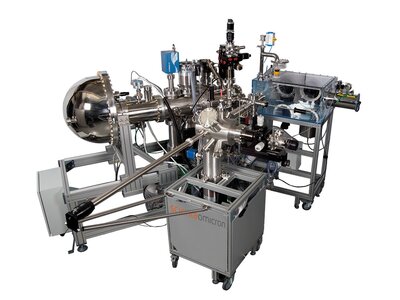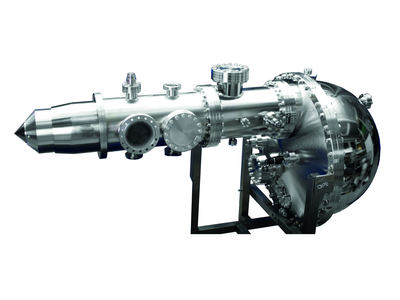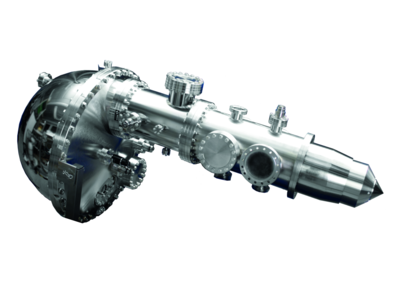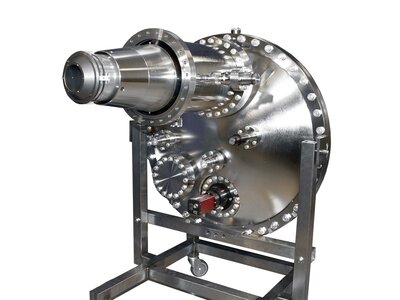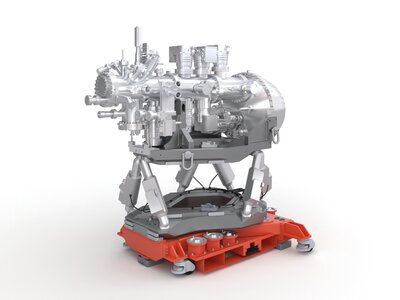Ambient Pressure Photoelectron Spectroscopy (APPES)
Ambient pressure photoelectron spectroscopy (APPES) is a special branch of photoelectron spectroscopy in which the measurement is performed within a gas phase environment. The background pressure is usually in the range of 100 to several 101 mbar with solid and liquid samples. In order to work under these conditions, the experimental components, such as radiation sources and electron analyses must be specifically adapted, e.g. by introducing apertures and differential pumping. APPES measurements can be performed with the same photon energies that are also utilised in regular, UHV based, photoemission experiments.


